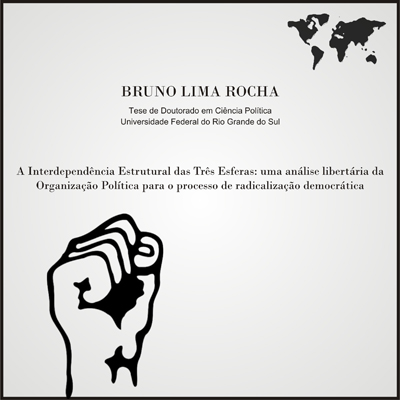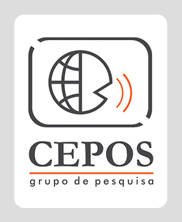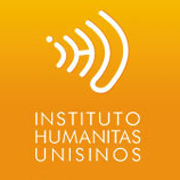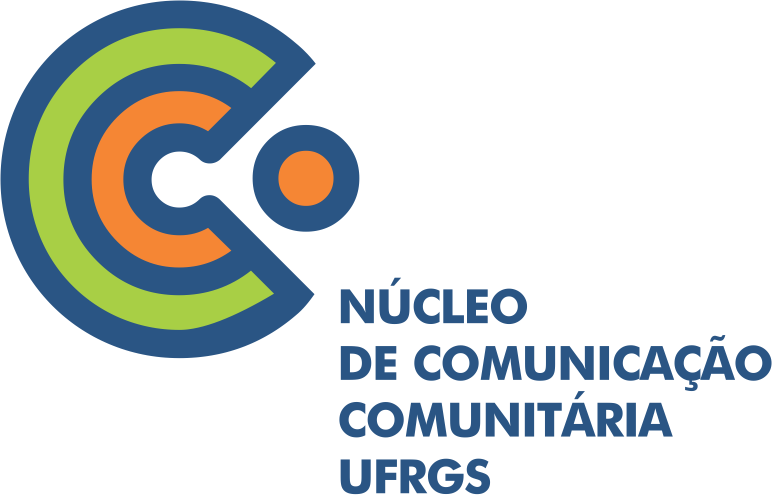

.jpg)
















|
Original Content in English Bridges between anarchism and democratic confederalism
Bruno Lima Rocha, February 19th 2015
Introduction: discussing the party model and mission – 1
Since the beginning of the Kobane siege by Daesh (ISIS) the Kurdish left, and specifically the Rojava model of social organisation has been studied and followed by several organisations, activists, networks and committed scholars. I decided to collaborate with KurdishQuestion.com to produce a series of short articles to expose (and prove) the similarities between the western (and not western too) anarchist tradition and democratic confederalism. While one of my concentrated areas of study is political theory (and radical political theory), I decided to help in drawing the parallels between both paths and familiarising them to one another. I hope this will help and all criticisms are welcome.
Presentation
The anarchist party model presented in this series is not an innovation in itself for political theory and radical political theory and not even for the leftist tradition. If the studies on this theme are quite unknown (or seem to be new or nonexistent), if this format of political organisation has not become an object of study (or recognised as the party model for self-management and direct democracy), this is due to the correlation of forces both inside the academic mainstream, the defeats suffered by the classist anarchists since 1939 and also because of the absence of debates within the left wing community, the academic spectrum and the mainstream media. This model approaches the militants within a political organisation specifically adherent to an ideological-doctrinaire corpus (also known as the cadre party). Because it is not a mass proposal, it has the format of having the membership composed by political cadres, without open affiliation and whose commitment degree increases as they enter further into the concentric circles (see Bakunin). Such modality acquired definitions in history such as: organicism, platformism, specifism; all of these are synonymous with the definition of the anarchist party (specific federation).
Party role introduction
The model of the left libertarian matrix and perspective presented in this series represents a possible application from a field of intentions, normative motivations, and strategic interests in Latin America in general and in Brazil in particular. But, we presume, that as long as we know each other better, the possibilities of political development will be reinforced from the real experience in Western Kurdistan and the inner debate among the thoughts under the PKK umbrella. It is very interesting to understand that this party mission is not to be part of a Nation-State institutional power but to help in building a society based on legitimate rights (both individual and collective), self-management, direct and radical democracy and as far away as possible from industrialism and a market-centred economy. The hypothesis formulated within the perspective of a real social democracy is the action of the political minority as a drive of force accumulation and long-term democratic radicalisation. If we compare this simple assumption and definition, we can observe many similarities between this perspective and the one written by comrade Abdullah Ocallan in 2011:
“Meanwhile, nation-states have become serious obstacles for any social development. Democratic confederalism is the contrasting paradigm of the oppressed people. Democratic confederalism is a non-state social paradigm. It is not controlled by a state.” (from PKK English website)
It is obvious that nobody should criticise this party model for not competing for institutional positions within a nation-state model when its mission is far away from that. I assume certain preconditions are always present. Every "party model" includes in its modelling the conditions and rules by which this party/political organisation is constrained and the path this (legal or illegal) institution is willing to take according to its medium- and long-term goals. In order to be theoretically consistent, it is necessary to present models that can be tested but, above all, these models should be applicable in accordance with the hypotheses suggested.
I am discussing the militant political organisation specifically adherent to an ideological and doctrinal corpus. On the other hand, because it is not a mass organisation it is structured within cadres, without open membership and whose level of commitment occurs within concentric circles, increasing the level of commitment according to the power to vote and be voted for key and assigned roles in the internal structure. This conception cannot be misunderstood into a misconception. Or, nobody should understand this as a kind of “good intentions only party”, but a strategic conception guaranteeing that party cadres and structures will be put in service and duty to help building new political institutions based on a horizontal and egalitarian society. The failure of the USSR party model or other variations based on authoritarian leadership, state-centred and industrialism prove that the whole leftist thought must make a big self-criticism and recognise that material conditions must grow ripe together with moral, ecological and fraternal conditions. Only a party-structure devoted to this cause can maintain a long term struggle, feeding social projects, like it did in the Latin American mass-union struggles in the early 20th century and like it is nowadays with the Union of Communities in Kurdistan (KCK) or specifically TEV-DEM in Rojava.
Denominations of this tradition among anarchism
I will finish this first short article remembering the definition of the anarchist party model. Although not exclusive, this type of organisation is usually considered to be typical of the anarchist ideology; a federal and non-mass model. As long as it is not a vanguard party model like classical Leninist parties, the party cadres must be the ones who reinforce the mass struggle which must be taken up by the whole communities, allowing people to lead their own destiny by and through the people’s assemblies. This party membership occurs by means of concentric circles and with the preparation of militants who hold multiple roles. This type of model has acquired definitions throughout its history, and all of them can also be identified as the definition of the anarchist party model. This model has acquired specific definitions throughout its history such as organicism, platformism, specifism.
I have been very glad to discover that these two seemingly distant traditions are actually so close to each other. This closeness can be easily detected in a simple reading of documents from both the PKK and anarchist traditions. The tradition and experiences in Kurdistan led by the PKK can feed anarchist traditions around the world and vice-versa. This exciting prospect is the main motivation behind the reason for this series of short articles.
This article was originally published in Kurdishquestion.com website
|

